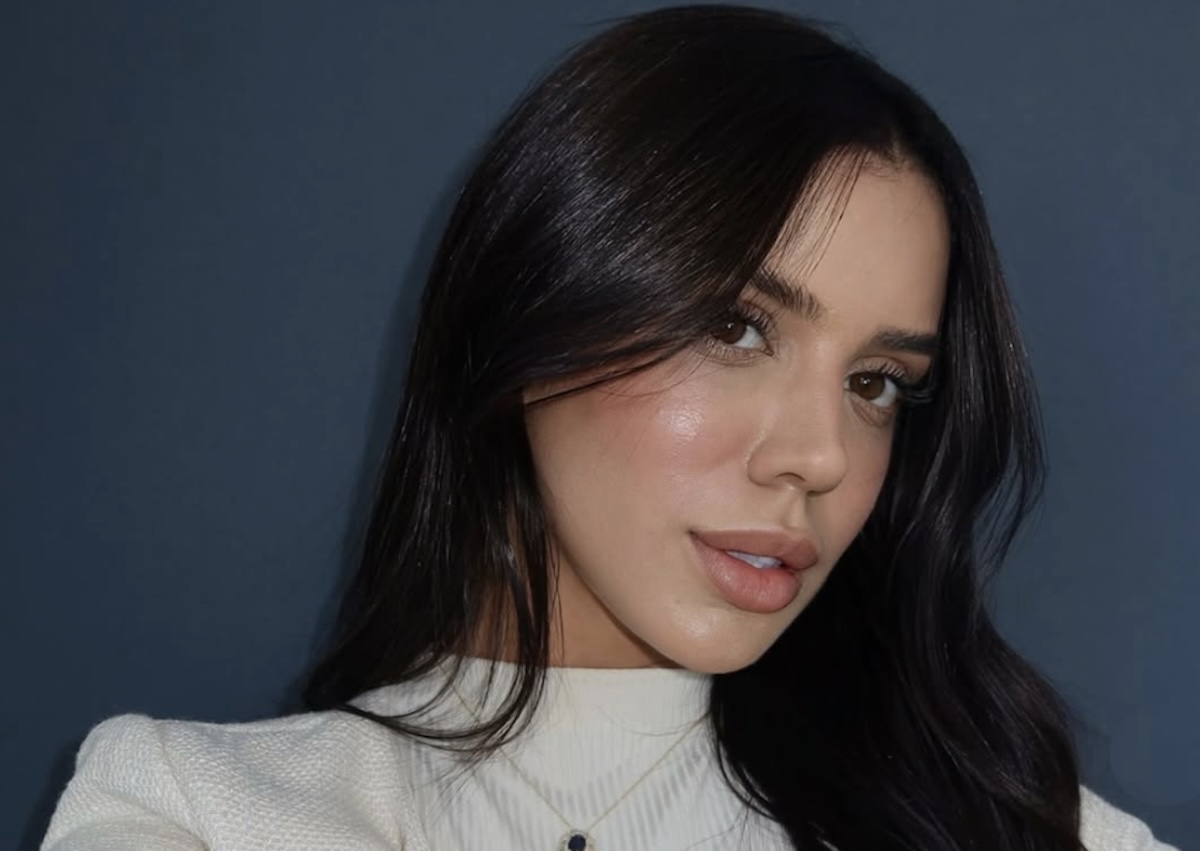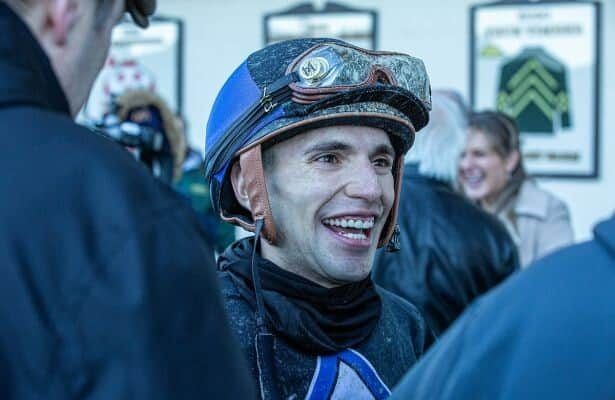4 exercises to improve strength and mobility as we age, according to a physical therapist

A well-rounded fitness routine is important for our overall health and quality of life — especially as we age. The right movement can help improve heart health, maintain the bone and muscle mass that decrease with age and improve balance and flexibility, which reduces risk of falls and injury.
But what exercises should we be doing to achieve these goals?
“The National Institute on Aging (NIA) recommends that we focus on four types of exercise: endurance, flexibility, balance and strength,” Dr. Karena Wu, Start TODAY fitness expert and board-certified clinical specialist in orthopedic physical therapy, said on TODAY. She breaks down each of these types of movement — plus, shares specific exercises you can do at home without any equipment.
Endurance
Exercise: Walking
“Endurance exercises are continuous, repetitive movements over a prolonged period of time,” Wu explained. Any repetitive movement — walking, running, swimming — will improve cardiovascular health, she added.
And walking is arguably the easiest, most accessible form of exercise to add to your routine right now.
“The NIA published a study of adults over the age of 40, of those that walked 8,000 or more steps per day versus those that walk 4,000 steps and the 8,000 group had a 51% lower risk of death from all causes,” said Wu.
Flexibility
Exercises: Standing side stretch and windmills
“Low-back pain is the most commonly reported symptom in older adults from the age of 50-55 and up to 80% of the population will have low-back pain at some point in their life,” said Wu. Improving flexibility with both stretching and mobility work is key in releasing tension in the back and preventing pain. Wu shared a simple stretch and a mobility exercise that are easy to perform daily:
- Standing side stretch: Stand with your feet hip-width apart and raise your right arm straight into the air. Bend at the waist, leaning your body to the left as you reach your hand up and over toward the left. From this position turn the chest and your eyeline toward the ground slightly, to hit a deeper low-back muscle. Pull yourself back to standing and perform on the opposite side. “You will feel the stretch on the sides, that’s your low back, and it also affects your shoulders and posture,” said Wu.
- Windmills: Stand with your feet slightly wider than hip-width apart, with your right foot pointing forward and your left foot turned out at a 45-degree angle. Raise your right hand straight above your head and make a fist like you’re holding a dumbbell. Look up at your right arm, push your hips to the right and slide your left hand down the leg, feeling the stretch in the hip. Slowly pull yourself back up to the top position. Repeat for a few repetitions and then switch sides. With this movement, “you’ve got stability, mobility and flexibility all in one,” said Wu.
Balance
Exercise: One- leg stand with arm movements
“As we get older, we get stiffer; our reaction time is a little bit slower,” said Wu. “One in four adults over the age of 65 will have a fall each year. Once you’ve fallen, you also have a higher risk of falling (again).” In fact, research shows that balance may be a predictor of longevity. A study published in the British Journal of Sports Medicine found that people who couldn’t stand on one foot were nearly twice as likely to die in the next 10 years. “You should be able to stand on one leg with your eyes closed for 30 seconds,” said Wu.
- One-leg stand: Stand with feet hip-width apart. Lift one foot off the ground, balancing on the opposite foot. Hold for a few seconds. If this is enough of a balance challenge, stay here. For an additional challenge, add arm movements. Raise both arms straight out in front of you and up overhead. Then, try raising both arm out to your sides and back down. Then raise your arms up on a diagonal forming a “V” above your head. Work up to holding the position for 30 seconds.
Functional strength
Exercise: Squat
“Sarcopenia, or muscle mass loss as we age, affects everyone,” said Wu. “It starts at 30, when you just start losing muscle mass. So, we need strengthening exercises for functional movement.” Functional exercises, like a squat, build strength by mimicking movements you perform in daily life, like sitting into a chair or bending down to pick up grocery bags.
- Squat: Stand with feet shoulder-width apart, toes pointed slightly out. Pull your body down toward the ground, keeping the knees tracking over the toes. Then push down through the heels to come to standing. Repeat for 10-12 repetitions. To challenge your balance more, you can progress to lunges. This helps improve functional strength for daily movements like going up and down stairs.
Related
Yaslen Clemente Shows Off Leg Day Gains and Shares Her…
Yaslen Clemente isn't just an influencer—she's a fitness powerhouse. The social media star is known for her intense workouts, and she recently sha
Samantha Espineira Stuns in Blue Swimsuit and Shares Her 5…
Samantha Espineira knows how to turn heads, both on and off the runway. The successful model and Instagram influencer regularly shares breathtaking
The Best Fitness Trackers To Help You Reach Any Health…
Best Health Tracker: Oura Ring 3Why We Love It: I’ve tried many, many fitness trackers—but I tend not to stick with one watch or band for very long. I’ve
#CycleSyncing debunked: Popular TikTok trend not backed by science
A new study has debunked a popular TikTok wellness trend called cycle syncing, which claims that tailoring a workout routine to match the hormonal changes that












